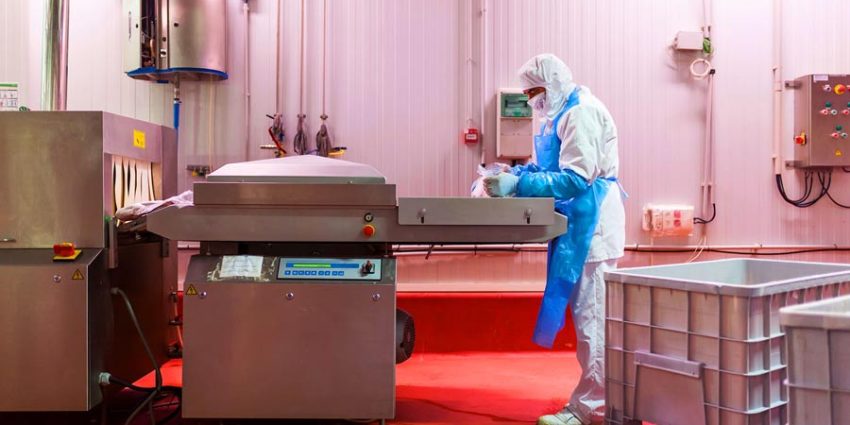Stainless steel is the backbone of the meat packing industry. It’s the go-to material for tools and equipment, ensuring everything from hygiene to durability. But have you ever wondered how stainless steel came to dominate this field? Let’s take a trip through history to uncover the timeline of innovations that made stainless steel the gold standard in meat processing.
Early Innovations in Steel Production
Before stainless steel became a thing, the world had to make do with less durable materials. Steel production itself has ancient roots, with early methods like the Bessemer process in the mid-19th century revolutionizing mass production. The invention of crucible steel in the 18th century marked significant progress, but these early alloys had a big problem—they rusted and corroded easily. This was a huge drawback, especially in food processing, where cleanliness is paramount.
Discovery of Stainless Steel
Enter Harry Brearley and Ernest Stuart. In the early 20th century, these metallurgists were on a mission to create a more robust, corrosion-resistant alloy. In 1913, while experimenting with different steel compositions, Brearley stumbled upon a mix that resisted rust when exposed to certain acids. This breakthrough led to the birth of stainless steel. With its unique properties—resistance to corrosion, heat, and chemical damage—it quickly became clear that stainless steel was a game-changer for industrial applications.
Adoption in the Meat Packing Industry
Stainless steel didn’t take long to find its way into the meat packing industry. Early adopters in the 1920s began using it for knives and cutting surfaces. By the mid-20th century, stainless steel had become the standard material for meat processing tools and equipment. Innovations continued to roll out, from stainless steel workbenches to entire processing lines made of this hardy material. Each decade brought new milestones, cementing stainless steel’s status in the industry.
Advantages of Stainless Steel
Why did stainless steel catch on so quickly in meat packing? Its advantages are numerous. First and foremost, its durability means tools last longer and withstand the rigors of constant use. Hygienically, stainless steel is a dream—it’s non-porous and easy to clean, resisting bacterial contamination better than other materials. This ensures a safer food processing environment. Its resistance to rust and corrosion also means fewer replacements and lower maintenance costs, boosting operational efficiency.
Technological Advances and Refinements
Stainless steel production hasn’t stood still since Brearley’s discovery. Continuous research and development have led to specialized alloys tailored to meat processing needs. Today’s stainless steel is more robust and versatile, thanks to advancements in metallurgical techniques. From knife blades with superior edge retention to cutting surfaces that are incredibly resilient, these innovations keep the meat packing industry at the cutting edge of technology.
Global Impact and Market Trends
Stainless steel’s impact isn’t confined to a single region; it’s a global phenomenon. Meat packing facilities worldwide rely on stainless steel tools and equipment. Current market trends show a shift towards automation and smart technology, with stainless steel remaining a critical component due to its durability and adaptability. Robotics and smart sensor systems integrated with stainless steel infrastructure are paving the way for even more efficient and safe meat processing operations.
Sustainability and Environmental Considerations
In today’s eco-conscious world, sustainability is key. Stainless steel shines here too. It’s 100% recyclable, and the production processes have become greener over the years. Innovations aimed at reducing energy consumption, waste generation, and carbon emissions in stainless steel manufacturing are underway, making it a more environmentally friendly choice compared to other materials. This sustainability angle adds to its appeal in a world increasingly focused on green practices.
Conclusion
From its early days as a revolutionary discovery to its current status as the standard in meat packing, stainless steel has a storied history. Its journey is marked by continuous innovation, driven by the need for durability, hygiene, and efficiency in the food processing industry. Stainless steel’s role in ensuring food safety and quality is indisputable, and its capacity for innovation keeps pushing the industry forward. As we look to the future, stainless steel will undoubtedly continue to play a pivotal role in meat packing, blending historical craftsmanship with modern technological advancements.

